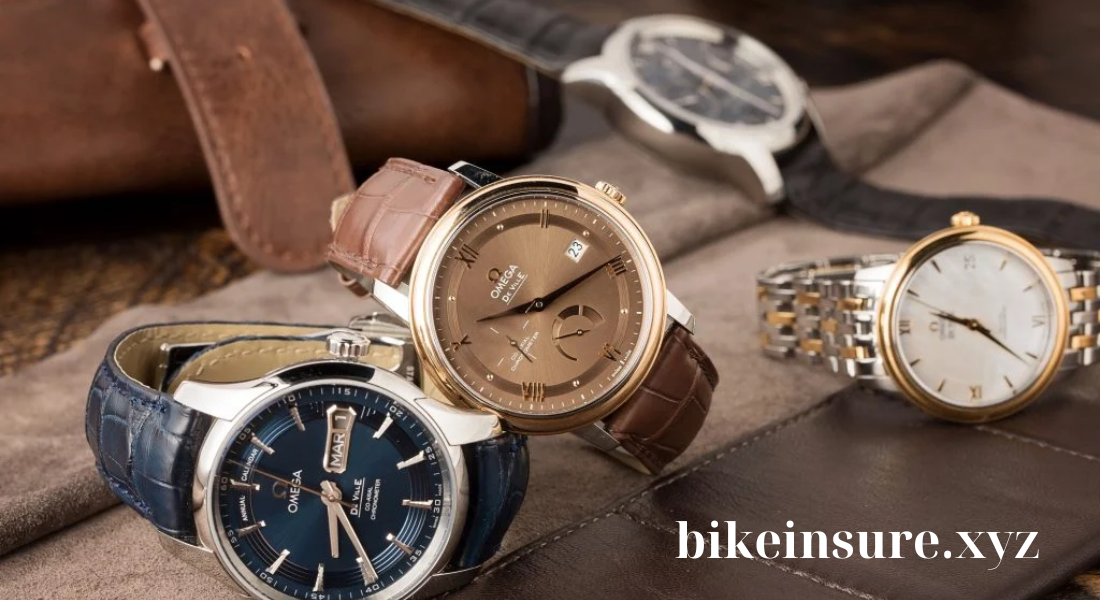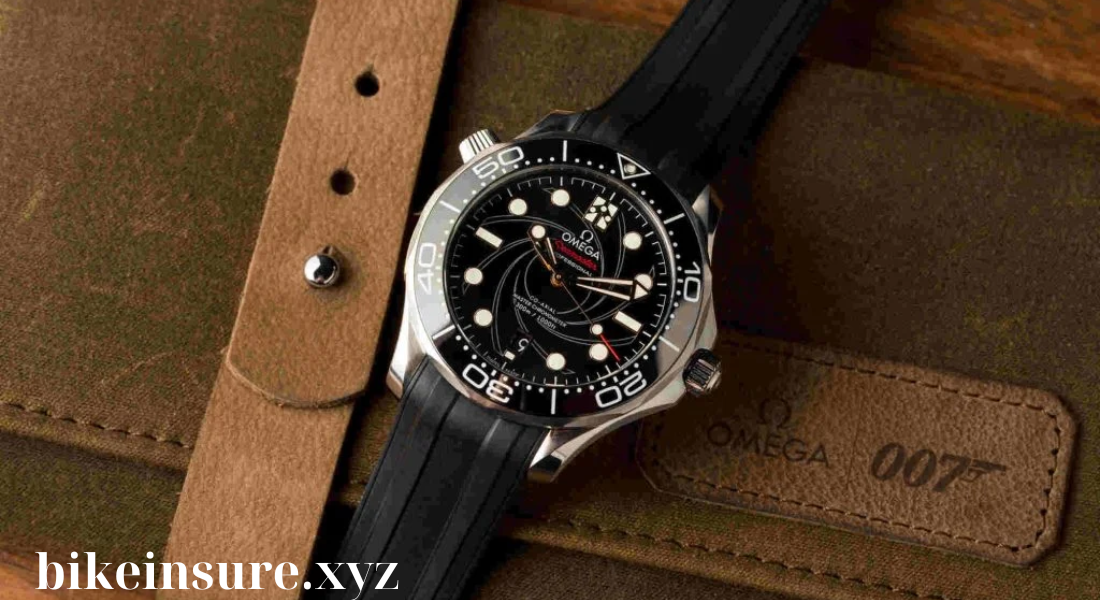
When it comes to luxury watches, Omega stands as a pillar of quality, precision, and timeless design. Moreover, as a brand that has been synonymous with excellence since its founding in 1848, Omega has produced a remarkable array of timepieces that embody both style and functionality. Each watch is a testament to the brand’s dedication to craftsmanship, innovation, and attention to detail. However, the rise of counterfeit watches poses a significant challenge for collectors and enthusiasts alike. This proliferation of fakes can undermine the value and integrity of genuine pieces. Thus, this comprehensive guide will help you navigate the complexities of authenticating Omega watches, ensuring you can confidently appreciate the true value of these exceptional timepieces.
Understanding the Omega Brand
To begin with, Omega watches are known for their exquisite craftsmanship, innovative technology, and storied history. The brand’s commitment to excellence is reflected in its meticulous manufacturing processes, which utilize only the finest materials. In fact, as the official timekeeper for the Olympic Games and the first watch on the moon, Omega holds a prestigious place in horological history. The brand’s legacy includes iconic models such as the Omega Speedmaster and the Seamaster, which have become synonymous with adventure and exploration.
Consequently, collectors often seek Omega watches not only for their functionality but also for their investment potential. The enduring value of Omega timepieces makes them a sought-after choice for both seasoned collectors and new enthusiasts. Unfortunately, the popularity of Omega has led to an increase in counterfeit products, making authentication critical for buyers. To protect your investment, it’s essential to be well-informed about the characteristics that distinguish genuine Omega watches from replicas.
Moreover, understanding the brand’s history and innovations can enhance your appreciation of its watches. From pioneering the co-axial escapement to setting records for precision in the Swiss watchmaking industry, Omega continues to push the boundaries of horological technology. This dedication to innovation, combined with a rich heritage, ensures that each Omega watch is not just a timekeeping device, but a piece of art that embodies the spirit of its era.
The Importance of Authenticating Omega Watches
In this context, authentication serves several vital purposes:
- Protect Your Investment: First and foremost, genuine Omega watches retain their value over time, whereas counterfeits can be worth significantly less.
- Ensure Quality: Furthermore, authentic watches are crafted with high-quality materials and precision engineering, providing the performance and durability expected from a luxury brand.
- Preserve the Brand’s Legacy: Lastly, supporting the authenticity of Omega watches helps uphold the brand’s reputation and tradition of excellence.
Steps for Authenticating Omega Watches
Now, to ensure you are purchasing a genuine Omega watch, follow these detailed steps:
1. Examine the Packaging
Initially, authentic Omega watches come in high-quality packaging, which often includes:
- A Branded Box: Look for the Omega logo and ensure the box is sturdy and well-crafted.
- Documentation: In addition, genuine Omega watches should include a warranty card, instruction manual, and an official certificate of authenticity. Be sure to check that the warranty card is filled out correctly with the serial number matching the watch.
2. Check the Serial Number
Next, every Omega watch has a unique serial number, typically engraved on the case back or the watch’s lugs. This number is crucial for verification. To check the authenticity:
- Locate the Serial Number: It can often be found between the 6 o’clock and 7 o’clock positions on the case back.
- Research the Number: Utilize Omega’s official resources or authorized dealers to verify the serial number’s legitimacy and date of manufacture.
3. Inspect the Watch Movement
The movement, indeed, is the heart of any watch, and Omega movements are known for their quality and precision. Here’s how to check it:
- Open the Case Back: If you’re comfortable doing so, carefully open the case back to examine the movement.
- Look for Markings: Genuine Omega movements are engraved with the brand’s logo, the movement type, and other identifying marks.
- Check for Quality: Additionally, authentic movements are finely crafted and should show no signs of rough edges or poor finishing.
4. Assess the Dial and Hands
Moreover, the dial is where many counterfeits falter. To authenticate the dial and hands:
- Font and Markings: Examine the font used for the Omega logo and other text on the dial. Authentic Omega watches have precise fonts and logos that are well-defined.
- Date Magnification: If the watch features a date window, check the magnification. Genuine Omega watches typically have a crystal that magnifies the date at 2.5 times its original size.

5. Evaluate the Case and Bracelet
In addition to the dial, the case and bracelet of an Omega watch should exude quality:
- Weight: Authentic Omega watches are heavier due to the high-quality materials used in their construction.
- Finish: Furthermore, inspect the case and bracelet for quality finishes. Genuine Omega pieces will have smooth edges, consistent brushing, and polished surfaces.
6. Look for Documentation and Warranty
A legitimate purchase will often come with comprehensive documentation. Therefore, ensure you receive:
- Certificate of Authenticity: This document verifies the watch’s authenticity and should be signed and dated by an authorized dealer.
- Instruction Manual: Lastly, an original instruction manual, complete with diagrams and care instructions, is a good sign of authenticity.
Common Counterfeit Indicators
Recognizing the signs of counterfeit Omega watches can help you avoid a costly mistake. Here are some common indicators of fakes:
- Poor Craftsmanship: Look for rough edges, uneven finishes, or misaligned parts.
- Incorrect Weight: In fact, counterfeit watches are often lighter due to the use of lower-quality materials.
- Faulty Movement: Listen for irregular ticking or wobbling in the hands, which can indicate a substandard movement.
- Inaccurate Logos and Fonts: Counterfeits often have misspelled words or poorly executed logos.
Resources for Verification
If you’re unsure about your findings, several resources can assist in verifying the authenticity of your Omega watch:
- Official Omega Website: Omega’s official website offers a wealth of information about their products, including guides on identifying genuine watches.
- Authorized Dealers: Consulting an authorized Omega dealer can provide a professional opinion on the authenticity of your watch.
- Watch Forums: Engaging with watch communities online can yield valuable insights and experiences from fellow collectors.
Conclusion
In conclusion, authenticating Omega watches is an essential skill for any collector or enthusiast. By understanding the steps to verify authenticity and being aware of common counterfeit indicators, you can ensure that your investment in Omega is genuine. Remember, the value of a luxury timepiece goes beyond mere monetary worth; it’s also about the craftsmanship, heritage, and the stories behind each watch.
Whether you’re a seasoned collector or new to the world of luxury watches, having a solid understanding of how to authenticate Omega timepieces will enhance your appreciation for this iconic brand. With this knowledge, you can confidently navigate the market, ensuring that your Omega watch is a true representation of quality and legacy.
Leave a Reply